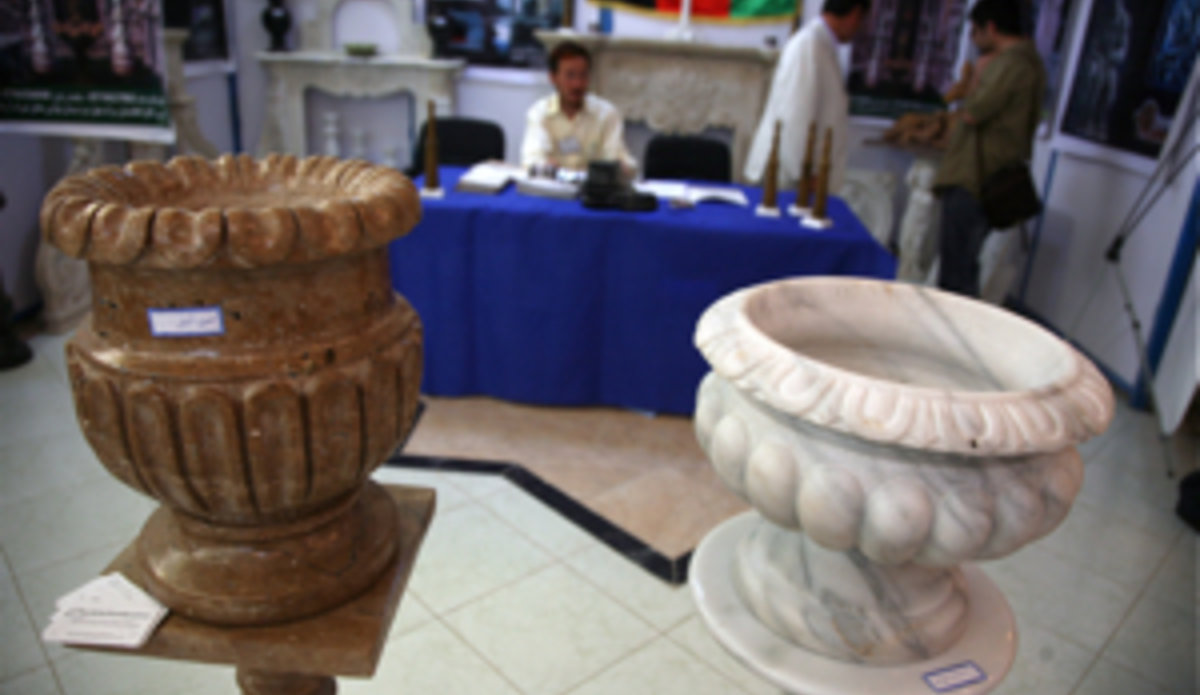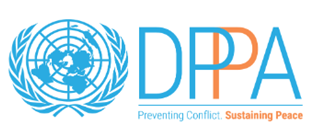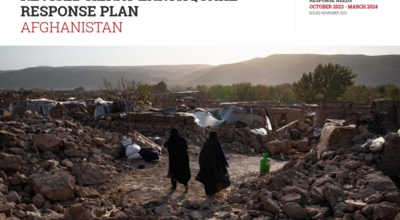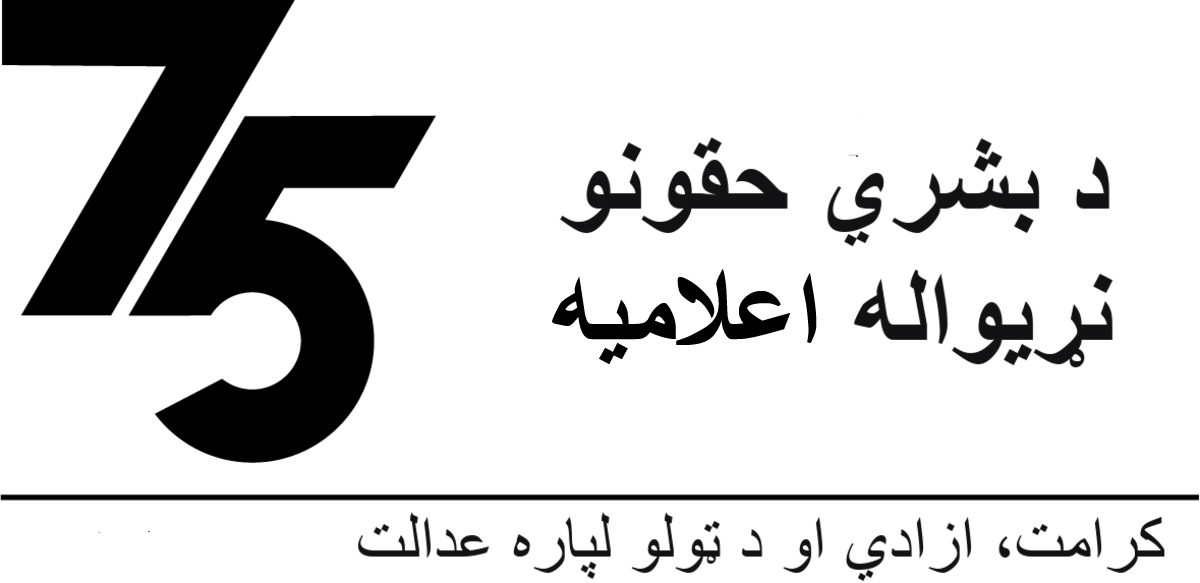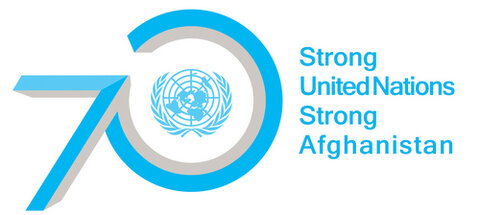Afghanistan’s marble industry to boost economy and bring peace
15 April 2010 - The Balkhi hall, in the centre of Herat is adorned for the occasion: Huge blocks of raw marble have been set outside the venue.
Inside, statues, tiles, mantelpieces and fountains in the shape of birds, which are all made out of marble, are proudly on display everywhere.
For three days, Herat is hosting the second Afghan marble conference, following the one held last year in Kabul. Entrepreneurs, ministers and diplomats from Afghanistan, Turkey, Italy and the United States have gathered in the regional capital of western Afghanistan to support the growing industry.
The initiative comes with the highest support from the international community. The presence of US Deputy Secretary of State Jack Lew and US Ambassador to Afghanistan Karl Eikenberry, is a clear sign of the importance Afghanistan’s Western partner attaches to the development of the marble economy in Herat and all over Afghanistan.
Ahmad Farad Majidi, whose company was established in 1992, extracts marble form Chest-i-Sharif, a district of Herat province which has the reputation of producing some of the finest marbles in Afghanistan. He expanded his business during the political turmoil his country experienced, and today has an office in the United Arab Emirates.
Majidi explains what he expects from such a forum: “Today, you cannot really compare the quality Afghanistan produces with Europe or the UAE. First, we need to start from the quarries, then the production. We need new technology, an investment that may bring us up to that quality.”
To help entrepreneurs, government representatives seized the opportunity to stimulate a partnership between investors and Afghan companies.
Wahidula Sharani, the newly-appointed Minister of Mines, announced: “When I took over, Afghan entrepreneurs alerted me on the high tariffs that slow Afghan entrepreneurship: 12 per cent on the export of marble stone. A few days back, I discussed the issue with the Ministers of Finance and Revenues and they accepted to suppress all tariffs on the export of processed marble stone.”
Majidi currently exports 10 per cent of his production. Such measures taken by the Government may excite investors to offer him the technology he needs. New extraction and production techniques would enhance the production’s quality and quantity, while opening new markets, thus increasing significantly economic activity in the country.
However, the results expected also go beyond mere economic gains. Ambassador Eikenberry says there is a clear link between the lack of economic opportunities and instability in Afghanistan.
“With its promise of generating jobs, increasing incomes and improving the livelihoods of the Afghan people, the marble industry is poised to become a leading force not only in Afghanistan’s economic recovery, but in the restoration of peace and security as well,” he adds.
While the annual export of marble has reached US$ 15 million, statistics from the Ministry of Mines and Industries reveals marble deposits in the country are worth US$ 150 billion.
By Fraidoon Poya and Henri Burgard, UNAMA
 UN
UN
